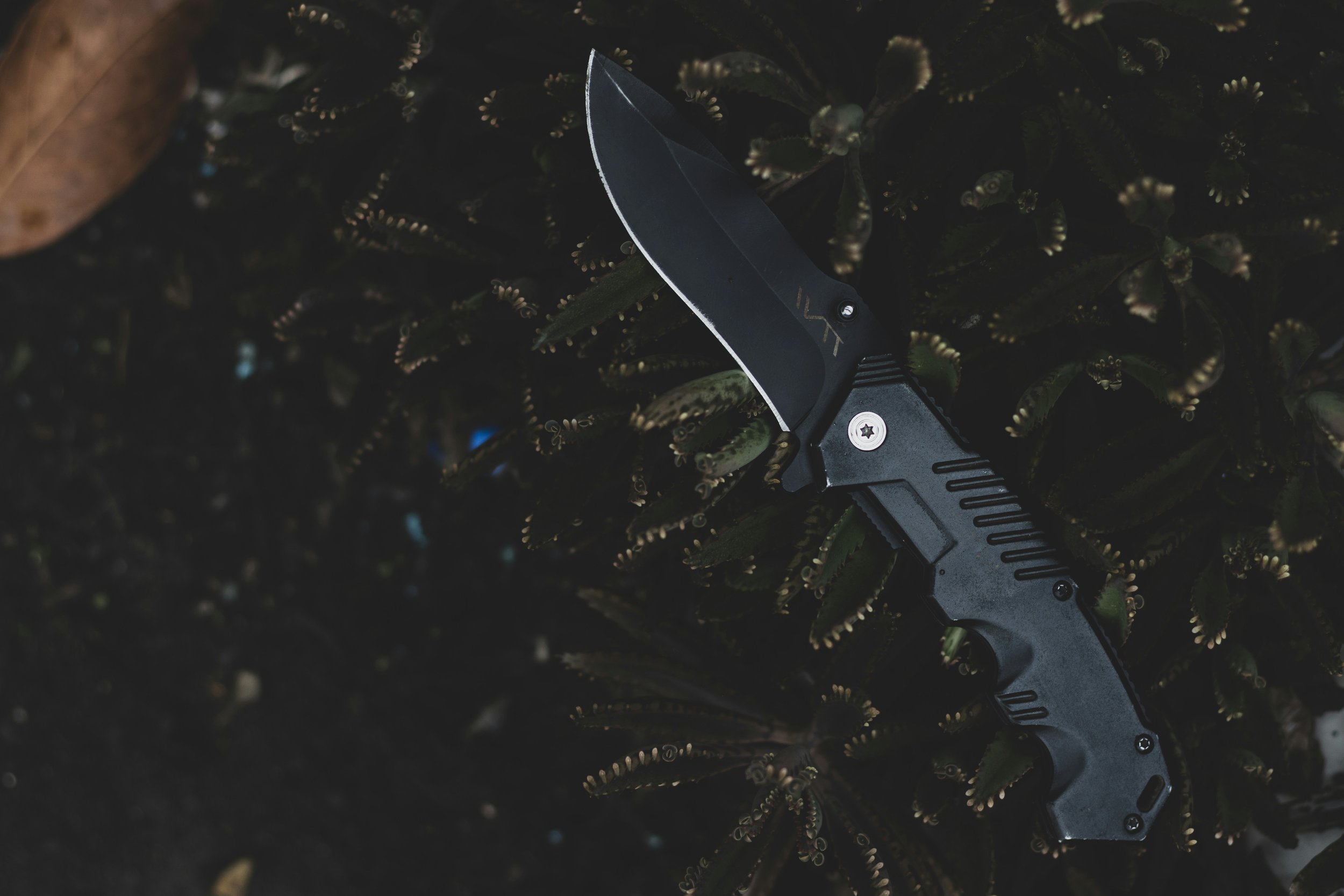
cleaning
The Art of Knife-play now available at all major online retailers.
$7.99 USD for electronic / kindle book
$11.99 USD for paperback.
Let us know if you want a hardcover version!
Ensuring the proper cleaning and disinfection of knives and other metal instruments is crucial in preventing infections, especially in contexts such as human knife play. Adhering to authoritative guidelines from organizations like the Centers for Disease Control and Prevention (CDC) can help maintain safety and hygiene.
1. Cleaning
Before disinfection, thorough cleaning is essential to remove organic material that can impede the effectiveness of disinfectants. The CDC emphasizes that "cleaning is the removal of foreign material (e.g., organic material) from objects and is normally accomplished using water with detergents or enzymatic products." They further note that "thorough cleaning is required before high-level disinfection and sterilisation because inorganic and organic materials that remain on the surfaces of instruments interfere with the effectiveness of these processes."
2. Disinfection
After cleaning, selecting an appropriate disinfection method is crucial:
Chemical Disinfection: The CDC outlines various chemical disinfectants suitable for medical instruments, including alcohol, chlorine compounds, and hydrogen peroxide. It's important to choose a disinfectant compatible with the instrument's material to prevent corrosion or damage.
Thermal Disinfection: For heat-stable instruments, steam sterilization is recommended. The CDC states that "steam sterilization is the preferred method for sterilizing heat-stable medical devices."
3. Drying and Storage
Post-disinfection, ensure instruments are thoroughly dried to prevent microbial growth. Store them in a clean, dry environment to maintain their sterility.
4. Safety Precautions
Protective Measures: Always wear appropriate personal protective equipment, such as gloves and eye protection, when handling chemical disinfectants.
Material Compatibility: Verify that the instrument's material is compatible with the chosen disinfection method to avoid damage.
By adhering to these guidelines, individuals can effectively clean and disinfect knives and metal instruments, thereby reducing the risk of infection and ensuring safety during use.
keeping your environment clean
Maintaining a clean and organized environment is essential for safe and hygienic knife play. A clutter-free space minimizes the risk of accidental injuries and cross-contamination. Regular cleaning and disinfection of surfaces, especially high-touch areas, are crucial. The Centers for Disease Control and Prevention (CDC) recommends cleaning surfaces with soap and water, followed by disinfection using EPA-registered disinfectants. This two-step process effectively reduces the presence of pathogens. CDC
In addition to surface cleanliness, personal hygiene plays a vital role. Hand hygiene is particularly important; washing hands with soap and water for at least 20 seconds before and after sessions can significantly reduce the risk of infection. If soap and water are unavailable, using a hand sanitizer with at least 60% alcohol is an effective alternative. CDC

